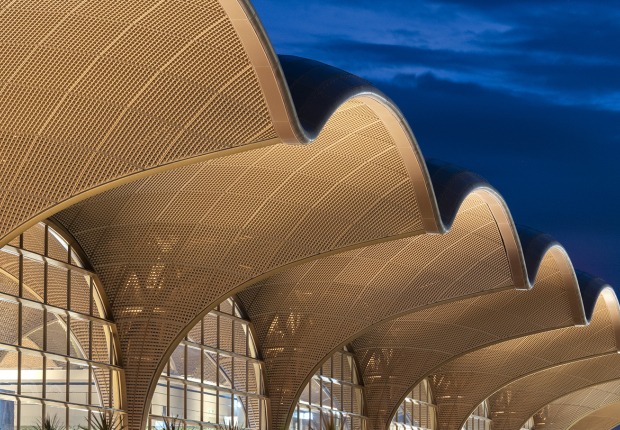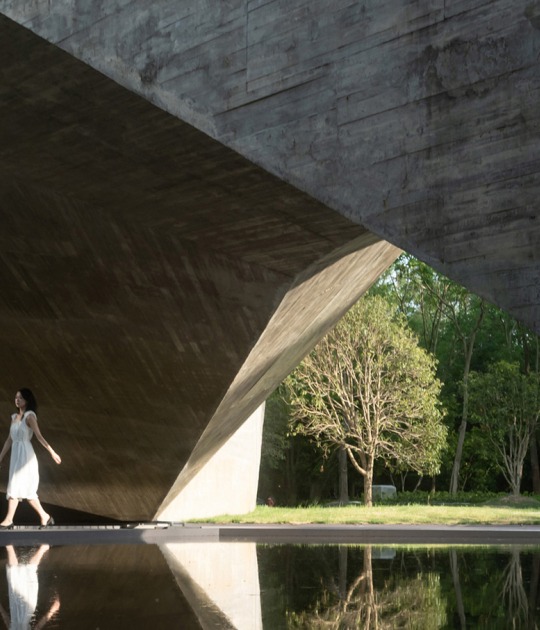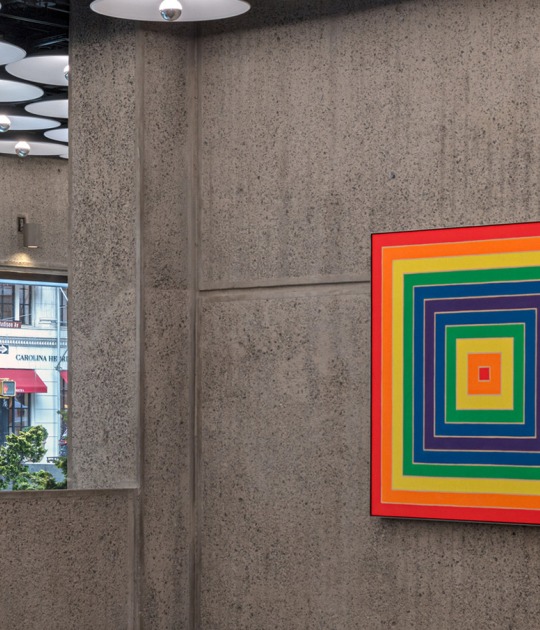
The renovation designed by Fragmentos introduced new typologies, completely different from the existing ones, with a programme of 22 apartments on 6 levels and an attic. To improve accessibility, a lift was incorporated without changing the configuration of the atrium and stairwell.
In the main elevation recovery of its original materials, and maintaining the existing openings configuration and the three-sided hip roof. "The recovery of the historical identity of the building in a contemporary light was the main premise of this rehabilitation."

Victor Cordon by Fragmentos. Photograph by Ivo Tavares Studio.

Victor Cordon by Fragmentos. Photograph by Ivo Tavares Studio.
Project description by Fragmentos
Located in downtown Lisbon in the DGPC's Urban Rehabilitation Area and Property Protection Zone, this multi-family housing building has been subject to various extensions and alterations over the years, depriving it of its original character and historical identity.
The intervention aimed to rehabilitate the historic multi-family housing building, celebrating its original form and structures, which had suffered from successive alterations and expansions. These alterations resulted in damage to a large part of the original elements, especially in the interiors, and a very pronounced structural fragility in the rear body.

The programme consists of 22 apartments distributed over 6 floors and an attic. The new typologies, completely different from the existing ones, were designed to be adapted to the reality and needs of contemporary living. This resulted in the addition of an attic floor to the six existing floors and the use of what was once a commercial space for the creation of a residential unit on the ground floor. To improve accessibility, a lift was incorporated without changing the configuration of the atrium and stairwell.
In the main elevation, the three-sided hip roof and the configuration of the existing openings were maintained, with the recovery of the materials that constitute them. Throughout most of the intervention, the original finishings that characterise the building and the construction style of the period were recovered or replicated when restoration was not possible, such as the stone arches or the tiles covering the majority of the façade. The recovery of the historical identity of the building in a contemporary light was the main premise of this rehabilitation.





























































